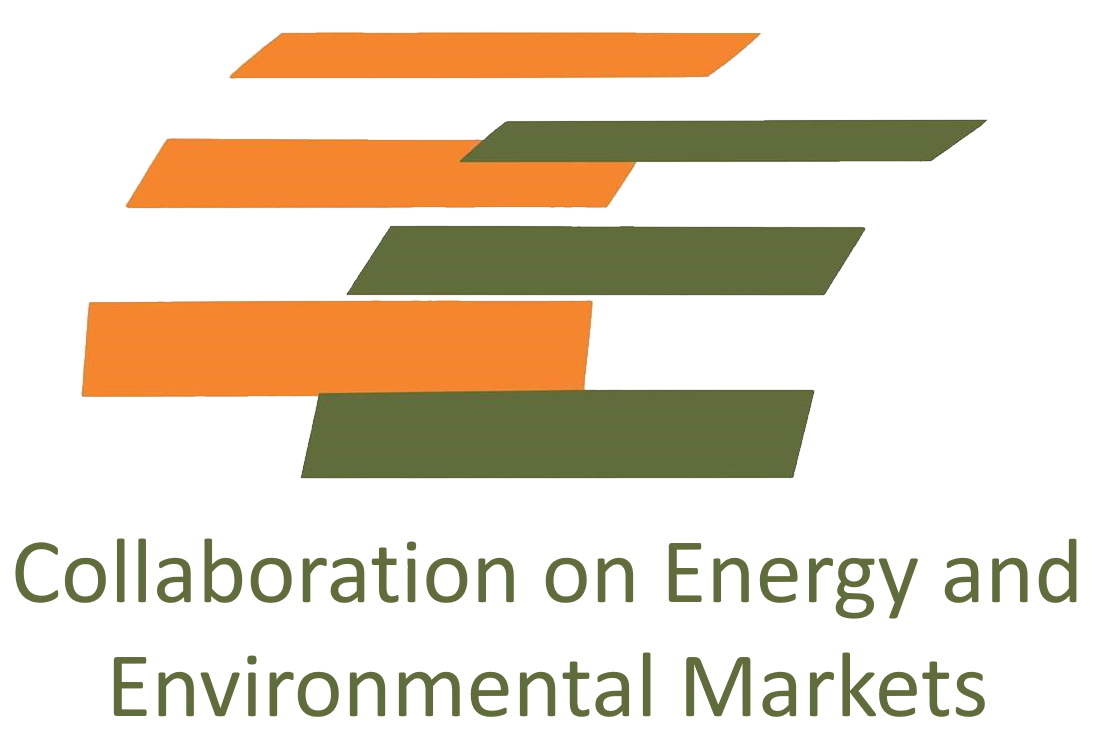Potential Interactions between the Australian 20% Renewable Energy Target and the Carbon Pollution Reduction Scheme within the Australian National Electricity Market
The project was part of the Environmental Economics Research Hub (EERH) (2007-2009) and was funded under the Commonwealth Environment Research Facilities (CERF) Program of the Commonwealth Department of Sustainability, Environment, Water, Population and Communities (SEWPAC). It involved policy relevant analysis, quantitative modelling and empirical market analysis strands and helped to better understand the impacts of high wind generation into the electricity market as well as carbon pricing. CEEM contributed several submissions to the formal Federal Government legislative process for the expanded Renewable Energy Target which focussed on the Australian experience to date with renewable energy certificate trading (MRET) and relevant international learnings. In order to disseminate our findings we also presented at international and national conferences and organised workshops with relevant policy makers e.g. in South Australia.
Key Findings:
Over the course of the project the expanded Renewable Energy Target was designed and implemented, whilst the CPRS was deferred to beyond 2011. The research of this project has been divided into the following strands of work:
- an empirical analysis of the impacts of wind generation in the South Australian region of the Australian National Electricity Market. For a range of reasons almost half of Australia’s current wind farm capacity is located in South Australia and this represents a world leading wind energy penetration. As such, the State represents an interesting test-bed for studying the potential impacts of the expanded Renewable Energy Target on the overall NEM. Our analysis has highlighted that wind generation would now appear to be having increasingly significant market impacts. At times of high wind generation, regional wholesale prices are typically lower than at times of low wind generation, taking into account the underlying variation of price with daily and seasonal demand patterns, and various other market uncertainties. Wind generation appears to be impacting the dispatch of a range of other conventional plant in South Australia, and also the NEM interconnector flows to Victoria. The lower average price received by wind generation compared with dispatchable generators in the State reflects the value of dispatchability in an electricity industry. To date, the NEM design appears to be relatively robust to such wind penetrations. Furthermore, the market is sending ‘price’ signals to wind project developers about the lessening value of wind generation in a region that already has a significant penetration. Related work in this strand has looked at the economics of transmission constraints on wind generation in the State, and the potential market value of large-scale solar generation projects. In all this strand has resulted in three EERH discussion papers (see e.g. Boerema, N. & MacGill / Boerema; Kay, & MacGill), two peer-reviewed conference papers and a number of workshops and other industry conference presentations. A number of papers across the three strands of work have also now been submitted to high quality journals and are currently under review.
- modelling work which involved a monte-carlo simulation framework added to conventional deterministic optimal generation resource mix methods. The tool has been used to explore the potential implications of different carbon prices (and correlated gas and coal prices) on the expected costs and associated uncertainties of different possible generation portfolios. Three peer-reviewed conference papers have been published on this work.
- a policy analysis of green certificates on the basis of Poland and how they could be justified as a first-best response to market failure or in a second-best sense, as an instrument mitigating distortionary effects of the emissions externality.

